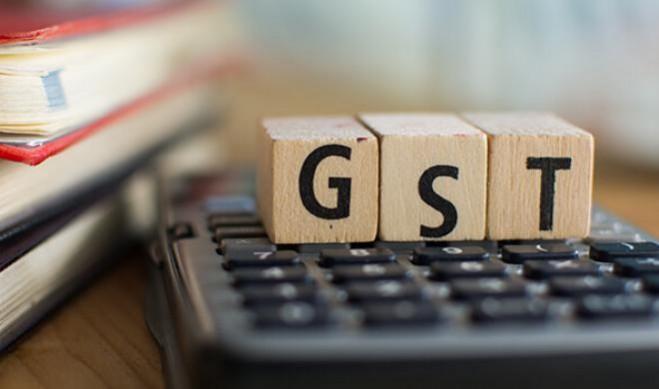
India's novel goods and services tax (GST) system is one of the most complex and second highest tax rate among a sample of 115 countries, according to the World Bank.
The GST, implemented by Prime Minister Narendra Modi on July 1 last year, replaced a jumble of tariffs and levies imposed by the centre and states.
While the government assured that GST will help curb black or untaxed money and steadily expand the base of taxpayers, complicated tax slabs and lack of proper IT infrastructure proved a major hurdle for businesses.
GST currently have four slabs, a low rate of 5 percent, two standard rates of 12 percent and 18 percent, and a high rate of 28 percent. Separately, gold is taxed at 3 percent, precious stones at 0.25 percent, while alcohol, petroleum products, stamp duties on real estate and electricity duties are excluded from the GST.
Finance minister Arun Jaitley has said there's scope to merge 12 percent and 18 percent slabs in order to make it more transparent, efficient and tax payer-friendly.
The World Bank, in its bi-annual India Development Update released on Wednesday, said there were disruptions surrounding the initial implementation of GST at state administrations.
But there is "positive impulse" expected from GST system as its likely to improve the domestic flow of goods and services, contribute to the formalization of the economy and sustainably enhance growth, bank notes.
Despite the recent momentum, India will have to address several structural challenges to attain a growth rate of 8 percent and higher on a sustained basis, the World Bank said.
The development lender reckons India needs to recover its two lagging engines of growth – private investments and exports - while maintaining its hard-won macroeconomic stability to boost growth.
"This will require continued impetus for structural reforms. Resorting to countercyclical policies will not help spur sustained growth and India should not compromise its hard-earned fiscal discipline in order to accelerate growth," said Poonam Gupta, lead economist and the main author of the report.




!['Lip lock, pressure, pyaar': Vidya Balan- Pratik Gandhi shine in non-judgmental infidelity romcom Do Aur Do Pyaar [ Review]](https://data1.ibtimes.co.in/en/full/797104/lip-lock-pressure-pyaar-vidya-balan-pratik-gandhi-shine-non-judgmental-infidelity-romcom.jpg?w=220&h=138)






